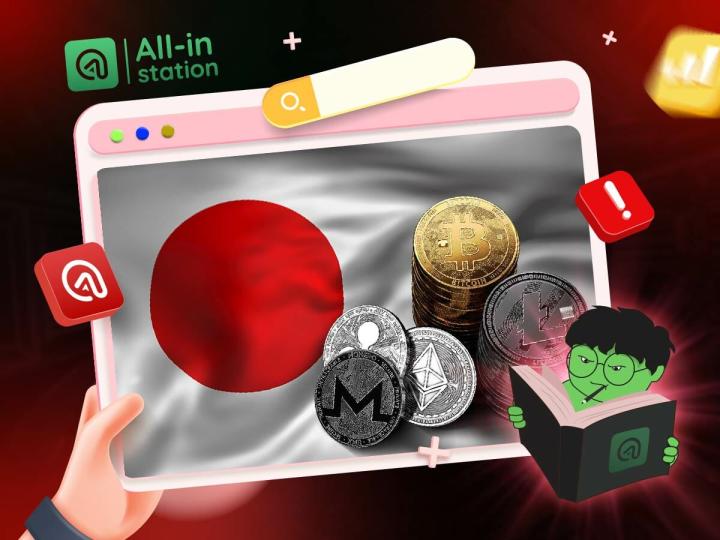Fed mouthpiece: Powell's dovish stance has encouraged the market, but the Fed faces tariff challenges and still faces the risk of stagflation
This article is machine translated
Show original
Here is the English translation, with the specified terms retained:
The US Federal Reserve this morning, as expected, decided to keep the benchmark interest rate unchanged at 4.25%-4.50%, while also slowing the pace of balance sheet reduction. Officials still expect to cut rates twice this year, easing market tensions.
Powell Fails to Boost the Market
The Wall Street Journal reporter Nick Timiraos, known as the "Fed whisperer", analyzed that the Fed decided to keep rates at around 4.3% and assessed how the Trump administration's policy changes in trade, immigration, spending, and taxes would affect the economic outlook. Recently, due to the news of federal spending cuts and tariff hikes, consumer confidence has clearly declined.
In the Wednesday press conference, Fed Chair Powell said that he believes now is a good time to wait for clearer signals. Timiraos pointed out that investors were relieved that Powell did not release more hawkish signals on tariff-driven inflation, driving the US stock market higher.
The Fed last year tried to balance inflation and economic growth. Inflation has cooled significantly, from 5.5% two years ago to 2.5% in January this year. Officials hope to avoid a repeat of the aggressive rate hikes in 2022-2023 that caused excessive economic slowdown, especially as wage and price growth have moderated.
Therefore, the Fed lowered rates by 1% between September and December 2022, but they also do not want to reverse the progress in fighting inflation. The Trump administration has pushed a series of unpredictable economic policies, but also includes measures to relax regulations and lower energy prices, which may promote economic growth and further suppress inflation.
The Fed Faces Policy Dilemma
Recent economic data has sent mixed signals. RBC Capital Markets' US senior economist Michael Reid said the Fed is in a difficult position. On one hand, there are signs of a slowdown in the job market, although these changes may not be immediately reflected in the employment report. On the other hand, tariffs may lead to an increase in full-year inflation data.
Facing stagflation, where economic growth stagnates while prices rise, the Fed may find it more difficult to prevent an economic slowdown through rate cuts.
The report points out that the Fed's response largely depends on whether businesses and consumers expect prices to continue rising, as the central bank believes that inflation expectations may become self-fulfilling. If workers, landlords, and business owners widely believe that inflation will persist, they will adjust their financial decisions accordingly, further driving up prices.
ConnectOne Bank CEO Frank Sorrentin said he is concerned that the market may form an "inflation psychology", even if the price hikes caused by tariffs are only temporary. Tariffs alone may not necessarily trigger inflation, but market expectations of tariffs are linked to inflation, and some companies have already started adjusting prices in advance.

Source
Disclaimer: The content above is only the author's opinion which does not represent any position of Followin, and is not intended as, and shall not be understood or construed as, investment advice from Followin.
Like
Add to Favorites
Comments
Share






